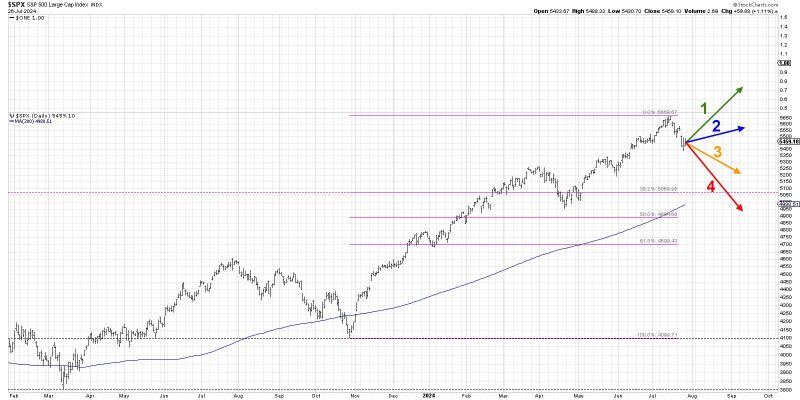In the midst of significant market volatility and ever-changing economic landscapes, the question on every investor’s mind is: Will the S&P 500 break 5000 by September? This pivotal inquiry has become a focal point for analysts, economists, and investors alike, sparking debates and discussions on the trajectory of the stock market in the coming months.
One key factor influencing the potential for the S&P 500 to surpass the 5000 mark by September is the state of the global economy. The lingering effects of the COVID-19 pandemic, coupled with geopolitical tensions and inflation concerns, have created a volatile environment for investors. While economic indicators such as GDP growth and employment numbers have shown signs of recovery, uncertainties loom large, making it challenging to predict the market’s future movements with certainty.
Additionally, the actions of central banks, especially the Federal Reserve, play a crucial role in shaping market sentiment and influencing stock prices. The Fed’s monetary policy decisions, including interest rate adjustments and bond-buying programs, have a direct impact on market liquidity and investor confidence. Any unexpected moves or shifts in policy stance by the Fed could potentially trigger market jitters and affect the S&P 500’s journey towards the 5000 milestone.
Furthermore, corporate earnings and valuation metrics are essential considerations when forecasting the S&P 500’s performance in the months ahead. As companies release quarterly earnings reports and guidance, investors scrutinize the results for insights into future growth prospects and profitability. A strong earnings season coupled with positive guidance could boost investor sentiment and propel the S&P 500 towards the 5000 level. Conversely, any disappointments or downward revisions in earnings expectations could dampen market optimism and act as a headwind for the index’s upward trajectory.
Technological advancements and innovation trends are also significant drivers of market performance and could potentially propel the S&P 500 to new heights. The rise of disruptive technologies, such as artificial intelligence, blockchain, and renewable energy, has created opportunities for companies at the forefront of these sectors to outperform the broader market. Investors closely monitor tech giants and innovation-driven firms for their growth potential and market impact, contributing to the overall performance of the S&P 500 index.
As we navigate through the uncertainties and challenges of the current economic landscape, the question of whether the S&P 500 will break 5000 by September remains open to interpretation. While various factors, including economic conditions, central bank policies, corporate earnings, and technological developments, will influence the index’s trajectory, the future remains unpredictable. Investors are advised to stay informed, diversify their portfolios, and adopt a long-term investment approach to navigate market fluctuations and capitalize on opportunities as they arise.
